6+ Employee Training Proposals
-
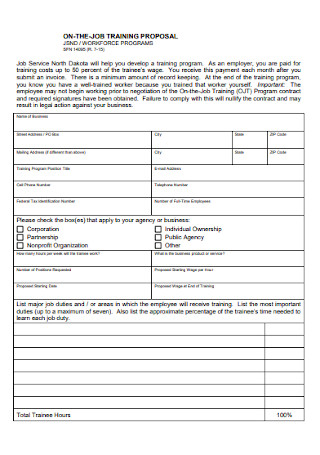
Employee Job Training Proposal
download now -
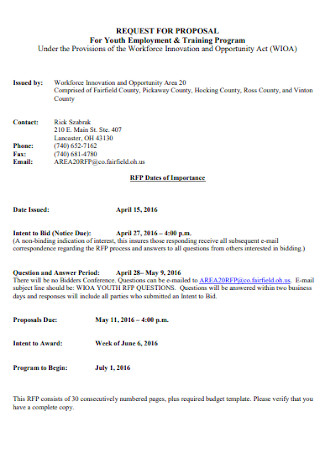
Employment Training Program Proposal
download now -
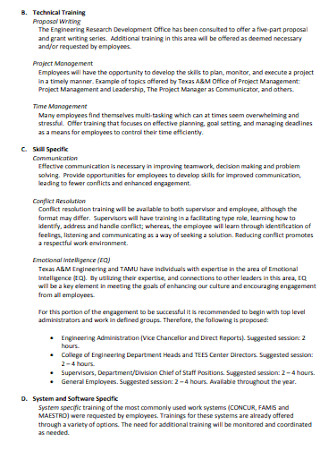
Sample Employee Training Proposal
download now -
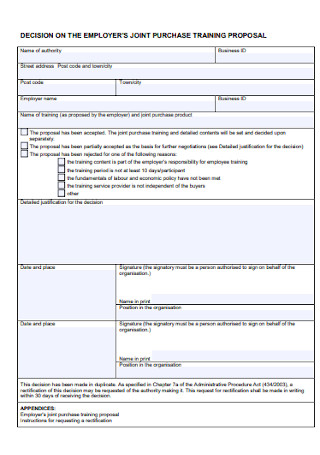
Employer Training Proposal
download now -
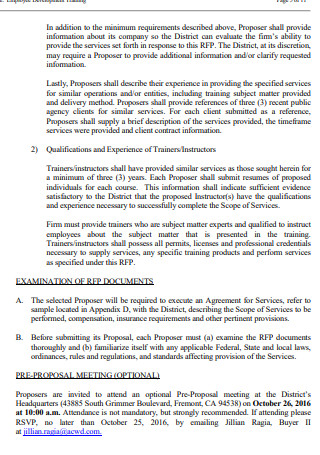
Staff Training Proposal
download now -
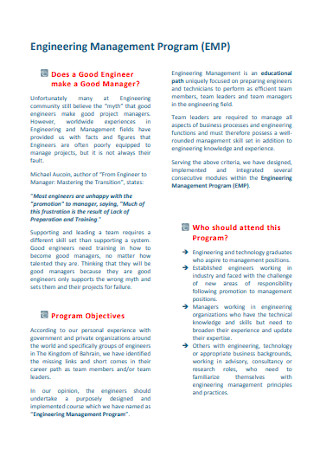
Engineering Training Training Proposal
download now -
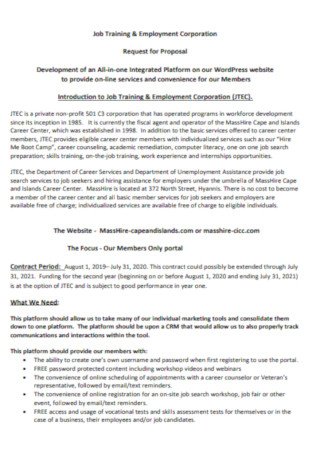
Employee Job Training Proposal
download now
FREE Employee Training Proposal s to Download
6+ Employee Training Proposals
What Is an Employee Training Proposal?
Kinds of Employee Training
Tips for Training Employees
How to Create an Employee Training Proposal
FAQs
What should be in a training proposal?
How do you write a training plan?
How do I create a training plan for a new employee?
What are the types of employee training?
What Is an Employee Training Proposal?
An employee training proposal is a proposal outlining various plans and strategies that are aimed towards the improvement or development of an employee’s skills and knowledge in a particular field.
According to an online article by Yahoo! Small Business, statistics show that about $5 billion is spent on sales training and improvement in the United States alone. Sales training is deemed to be an essential factor in determining a company’s success. Therefore, it is no surprise that a strong and well-trained sales team or department is key to boosting profit figures.
Kinds of Employee Training
There are different types of skills needed for an employee to thrive in the workplace. To achieve this, conducting regular training and holding refresher courses are essential. The examples below are just some skills that an employee can learn to develop with time, determination and the proper training.
Tips for Training Employees
Being in the field of training and development can be a challenging job. In most companies, the Human Resources Department is tasked to oversee the professional development plan and growth of the employees. In order to maximize training given, it would be good for facilitators and mediators to keep in mind the following tips:
How to Create an Employee Training Proposal
If you are short on time and looking for a more convenient option, using an existing template is the best option. Pick an employee training template above and simply customize it as needed. Do not forget to keep in mind the following steps as well:
Step 1: Identify the Objective
Start your employee training proposal by first establishing the learning objectives. This can be a couple of straightforward bullet points. It is best to keep it specific but brief. State your aim for wanting to conduct an employee training program. Is it to upgrade your employees’ skills? Or is it to improve the communication and leadership capabilities of your workforce?
Step 2: Establish Length of Training
How long is the training program estimated to last? Some companies hold quarterly and week-long seminars; others last only 2-3 days. You need to establish a clear start and end date so that employee work schedules can be adjusted accordingly.
Step 3: Outline the Agenda and Program
The training agenda will depend on the goal and mission of the program. As much as possible, create a detailed sample itinerary with specific times and dates. For example, if the training program is dedicated to new hires, outline the topics per training day. And always include the location, date, and time.
Step 4: Propose a Budget
A proposal should always cover the financial aspect of things as well. Once you have laid out the plans and strategies for the training, propose the estimated training budget in a clear yet convincing way. Include a detailed breakdown of costs or expenses. This could include meals or snacks for the participants, honorarium fee for the speaker or trainer, and rent cost for the training venue.
FAQs
What should be in a training proposal?
A training proposal should consist of learning objectives, a schedule or detailed itinerary of the training, brief descriptions of the subjects to be covered, and an estimated budget. An executive summary, brief introduction, or a general overview could be included as an introduction as well.
How do you write a training plan?
Prepare your objectives, training materials or resources, and plan out your program agenda. Make sure you know your audience so you can adequately prepare. The format and content of your proposal would greatly depend on your learning objectives. If you do not want to start from zero, you can use a ready-made template to save time and resources.
How do I create a training plan for a new employee?
To create a training proposal for a new employee, you need to assess the background and ability of the employee. Introduce the company culture and rules. And in the process, you can modify the training according to the function and tasks of the new hire.
What are the types of employee training?
According to an article published by Edgepoint Learning, there are various types of employee training. Some of these are lectures, instructor-led training, e-learning, simulation employee training, hands-on training, coaching or mentoring, focused group discussions, role-playing, management-specific activities, and case studies or other required reading.
Whether you are a new employee or a tenured one, training is still important to ensure that skills remain sharp and knowledge remains relevant. It is every employer’s responsibility to promote the active learning and professional growth of their employees. Create your very own employee training proposal by downloading any of the sample templates above!
